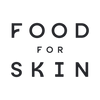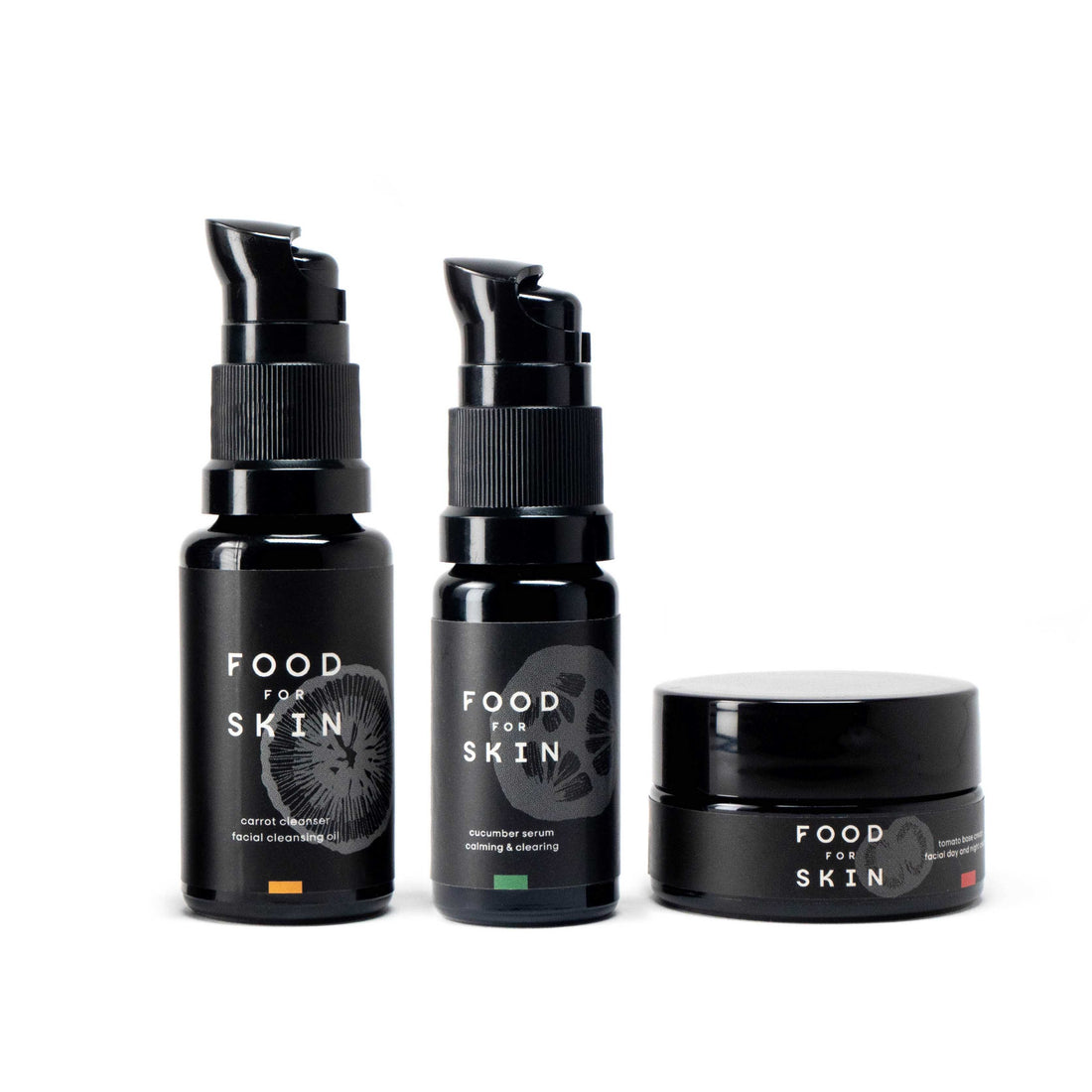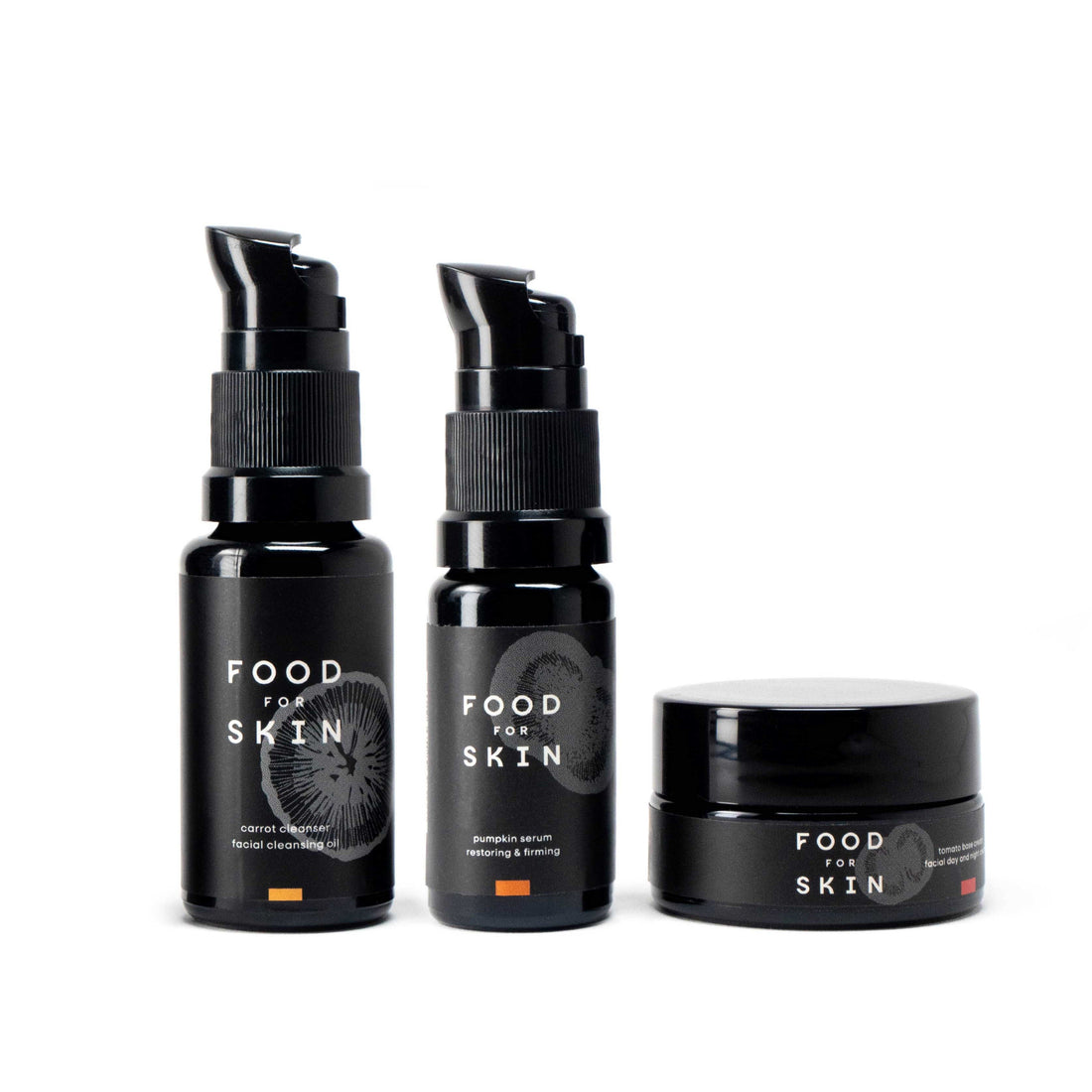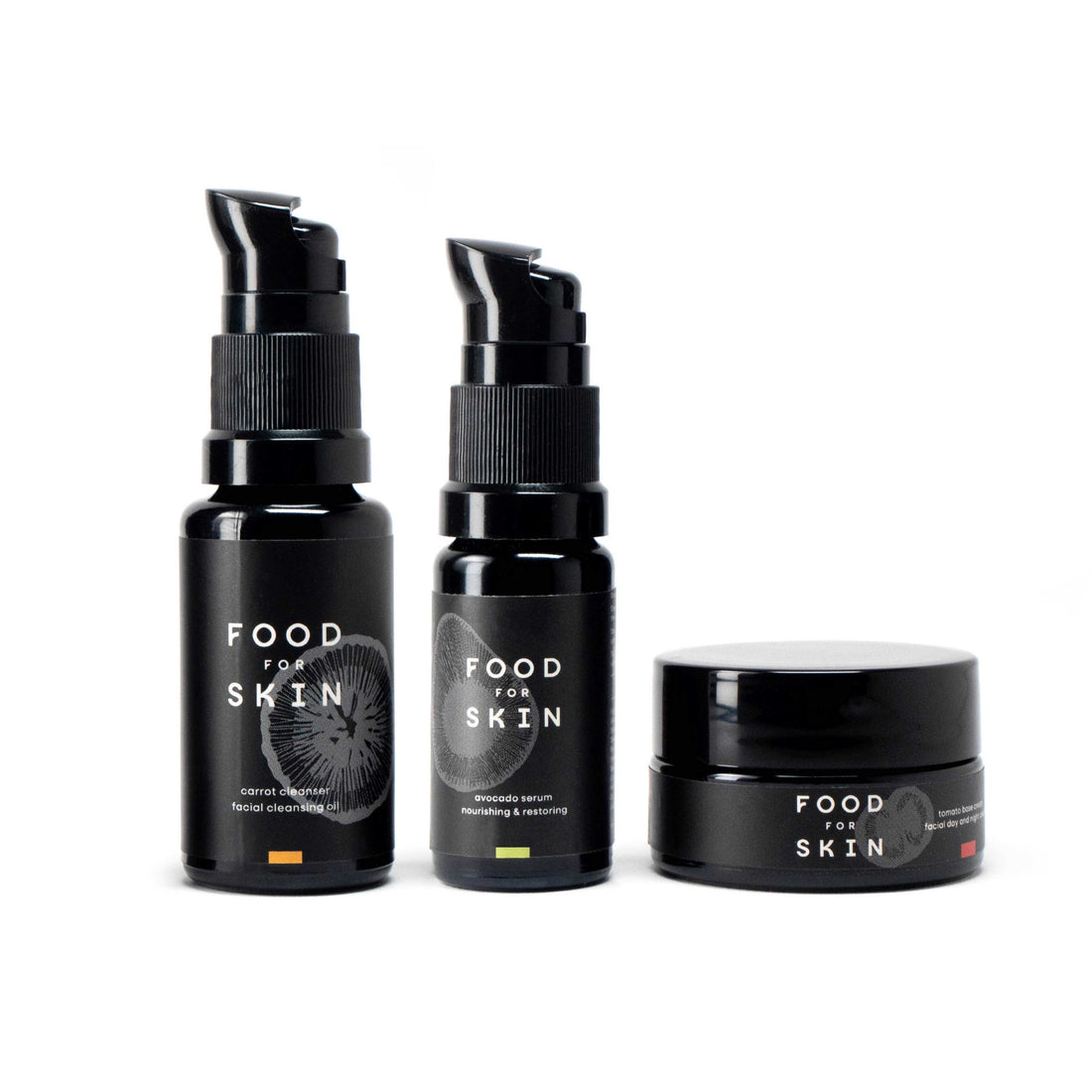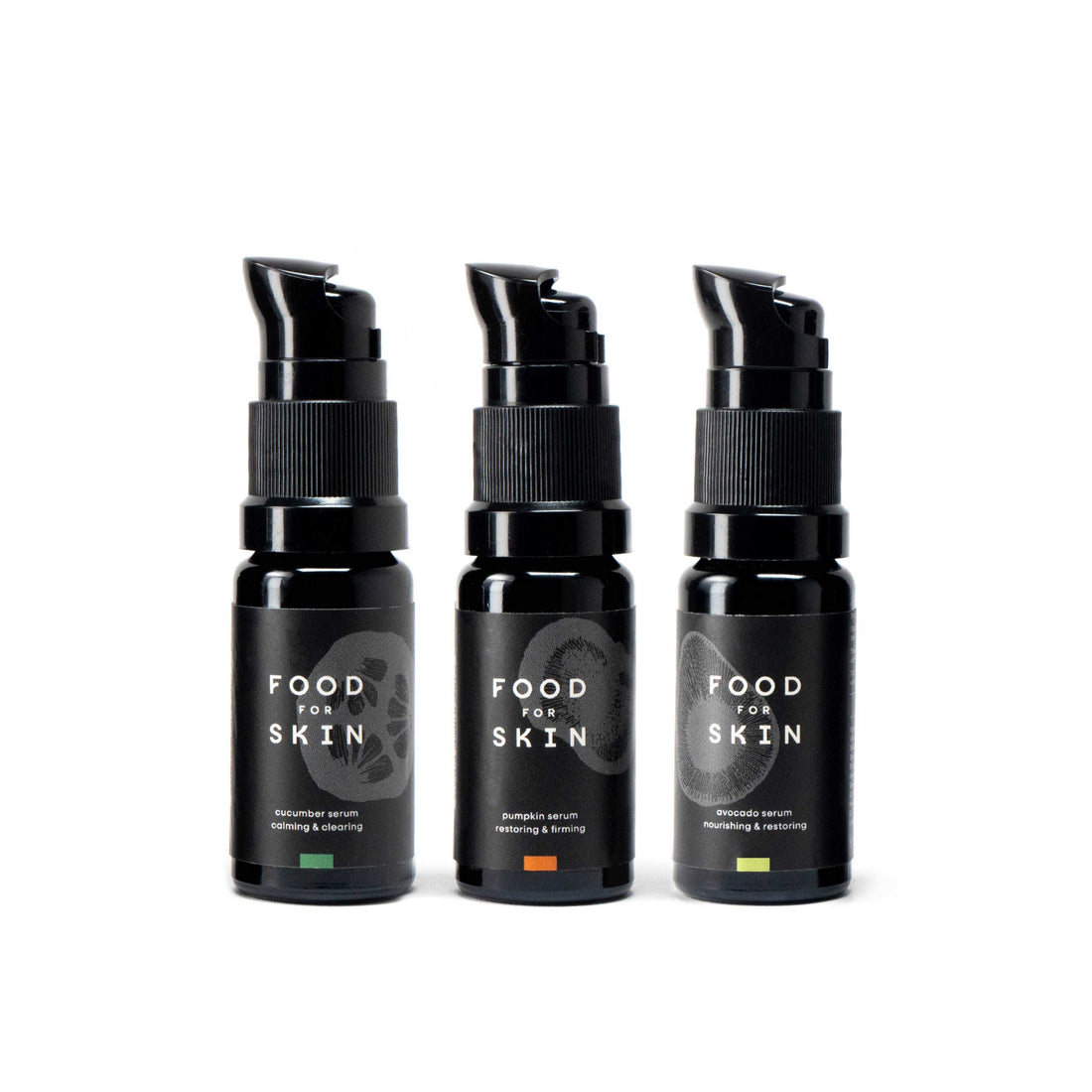Believe it or not, your skin is a master of renewal. Every day it works hard to replace old, damaged cells with fresh, radiant ones. In an ideal world, this mechanism would not need any help, but unfortunately we do not live in an ideal world. Just think of acid rain, air pollution and UV radiation, but also our own behavior often makes the living conditions of the skin less than ideal, such as too little sleep, alcohol, use of medication or unhealthy food.
Then your skin could use a little help. If you are currently suffering from a dull skin, or a lot of dead skin cells, then a peeling can support your skin. A facial peeling, it may sound a bit scary, but if you do it gently, in a skin-specific way, then you can sometimes give your skin that little push. You can then opt for a peeling or a scrub. Read more about the difference between a peeling or a scrub here.
What does a peeling do to your skin?
Let’s start with the most important thing: why would you use a facial peel in the first place? A facial peel helps speed up the natural exfoliation process described above by gently loosening dead skin cells, leaving your skin looking fresher and brighter. Additionally, a peel can help improve your skin’s texture, reduce the appearance of fine lines and wrinkles, reduce hyperpigmentation (pigmentation), and even reduce acne.
What is AHA?
Let’s take a closer look at a key ingredient in Food for Skin’s fruit acid peel: Alpha Hydroxy Acids (AHAs). AHAs are a group of natural acids found in various foods and plants, including apples, lemons, grapes, and sugar cane. They are known for their ability to gently exfoliate the skin by breaking down the bonds between dead skin cells, allowing them to be easily removed.
The main benefit of AHAs is their ability to stimulate skin cell renewal. By gently exfoliating the outer layer of skin, new, fresh skin cells are brought to the surface, leaving skin looking smoother, softer and more radiant.
Peeling against pigment
Additionally, AHAs can help reduce hyperpigmentation, improve skin texture, reduce fine lines and wrinkles, and reduce acne. They can also improve skin hydration by stimulating the production of hyaluronic acid in the skin.
What really sets AHAs apart is their ability to penetrate deep into the skin, where they help stimulate the production of collagen and elastin. These proteins are essential for firm, fresh-looking skin.
Difference between AHA and BHA
There are two main types of fruit acid peels that are widely used in skin care: AHAs (Alpha Hydroxy Acids) and BHAs (Beta Hydroxy Acids). These acids are essential for achieving a fresh and radiant skin, but what is aha and what is bha?
AHAs are fruit acids that are water soluble, while BHAs are oil soluble. This fundamental difference has important implications for how they work on the skin.
AHA acids such as glycolic acid, lactic acid, mandelic acid and vitamin C work by softening dead skin cells as they come into contact with the skin. This creates space for new, fresh skin cells to emerge. They are especially effective for superficial exfoliation.
On the other hand, BHA acid, of which salicylic acid is the most well-known example, is perfect for oilier areas of the skin. Being oil-soluble, BHAs can not only dissolve the sebum on the skin’s surface, but also penetrate deep into the pores to prevent and dissolve blockages. This makes them ideal for those with oily skin or acne.
AHA or BHA?
But what do these acids actually do for your skin? Both AHAs and BHAs have an exfoliating effect, removing dead skin cells. However, the difference lies in the depth of their action. While AHAs mainly target the skin’s surface, BHAs penetrate deeper into the pores, thanks to their lipid solubility. This makes BHAs particularly effective for combating acne and preventing clogged pores.
Whether you choose AHAs or BHAs, both have their benefits for healthy, glowing skin. The most important thing is to choose the right type of fruit acid based on your skin condition and specific needs. However, remember to be careful when using salicylic acid, especially if you are pregnant, breastfeeding, or have an aspirin allergy.
Please note: when using a scrub, facial peeling or exfoliant, we strongly recommend using a good SPF protection on the day of the peeling or the days after, because dead skin cells also have the function of protecting a tiny bit against the sun. When your skin is fresh and fruity, that natural protective layer is gone, so you are more susceptible to burning (UVB) and disruption of the deeper skin layer (UVA). The SPF 30 from Food for Skin is nourishing for the skin and protects well against UVA and UVB.
How often to peel face
A peeling can give your skin a nice boost, but we advise to do this a maximum of 2x per week, because it still affects the skin barrier. You do not want to burden the skin barrier too much and more importantly: do not pamper it too much by taking over the mechanism of the skin. It is important that the skin does not become dependent on supporting agents, but receives enough stimuli to continue to renew the skin itself.
How do you use a peeling?
Some peels or exfoliants are advised not to remove it from the skin. At Food for Skin we do recommend to remove the peeling with lukewarm water after a maximum of 10 minutes, to prevent excessive action. Too long or too many peelings can result in dryness or redness or sensitivity of the skin.
- Apply the peeling preferably in the evening on a well-cleansed skin. Preferably after using a mild, non-drying cleanser, such as the Carrot Oil Cleanser.
- When using a pipette, take approximately 1.5 pipettes of Apple Peeling for face and neck, drip into a clean hand and gently massage into the face. Avoid the eye contours.
- Do not put the pipette on your hand or on your face, so that the pipette remains clean from bacteria. After contact with the skin, we advise cleaning the pipette, to prevent bacteria formation in the bottle.
- Remove after a maximum of 10 minutes with lukewarm water.
- Then apply a fine serum that gives the skin some extra nourishment and then protect the skin with a good cream, such as the Tomato Base Cream. This keeps the moisture in the skin and protects the skin from external influences.
- Use an extra layer of SPF (SPF30 from Food for Skin) for a few days after daytime use, as the skin is more susceptible to sunburn and aging after exfoliation.
Mild Peeling
The Apple Peeling is a natural exfoliant made with the mild variant, the AHA's, because we have the skin philosophy that the skin can basically maintain itself perfectly, with a little help from outside. That is why we have chosen an AHA with the power of Italian apples, grapes, lemons and wheat, which are packed with antioxidants and nutrients to nourish and make your skin glow. This peeling offers a very mild exfoliation that is suitable for all skin types, while at the same time it hydrates and soothes with the help of Aloe Vera. The mild peeling is suitable for home use.
AHA fruit acid
The % AHA in the Apple Peeling is about 5%, which makes it a mild peeling, suitable for most skin conditions. In case of extremely sensitive skin or damaged skin, we do not recommend using a peeling. This is a good fruit acid peeling for home use, because it is a mild peeling, suitable for almost all skin conditions.
In addition, the Apple Peeling is partly produced with ingredients from upcycling, which means that the ingredients come from residual flows from the food industry, reducing food waste and reducing the impact on the environment.
Nice win-win, right?

